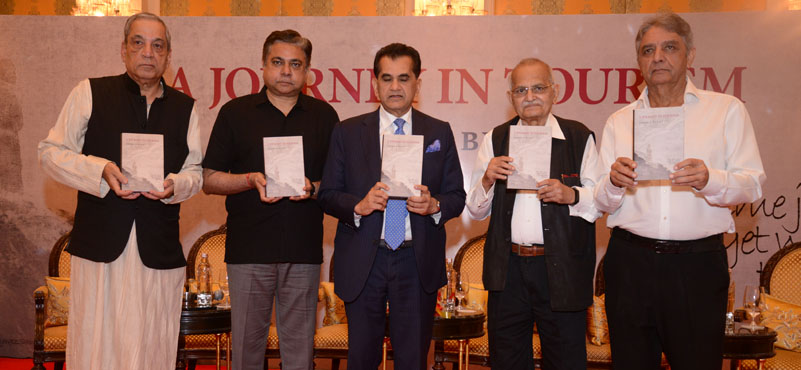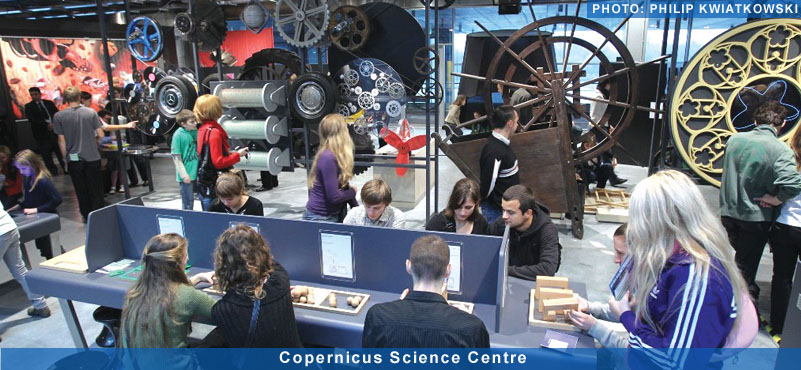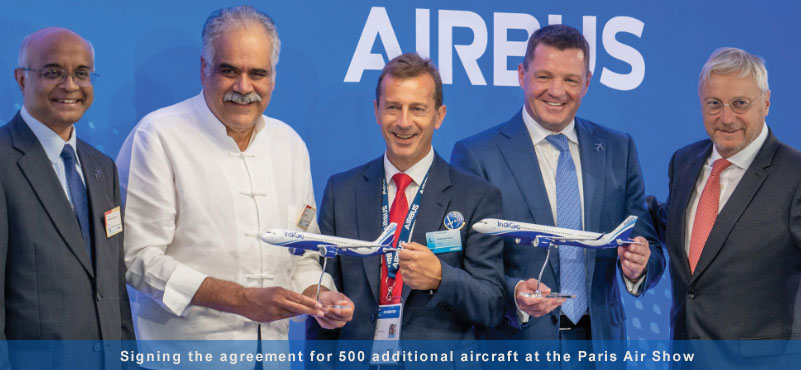A win-win situation for all the stakeholders, from government to employees, airline industry and the traveller at large is the crucial take away from the airline’s privatisation
Looking back, on the recent successful privatisation of Air India, it’s interesting to note how it represents a win-win situation for all concerned. For the government it means no more having to finance a losing proposition, in recent years it has been in excess of Rs. 5000 crores every year! In one stroke, there are no more demands for more funds – towards staff salaries, dues to fuel companies, payments to lessors. In one stroke, it’s now history – the government stopped subsidising an operation in which the government had no role to play. If it’s not the government’s job to be running businesses, we have taken the first step. Which other businesses can it exit, how and when, we can wait, watch and hope.
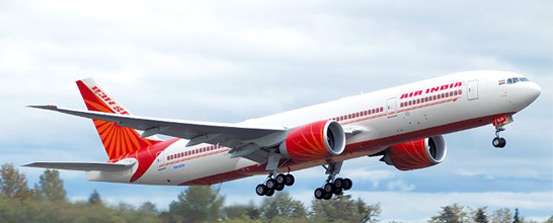
For the aviation industry, we now have a formidable airline, instead of a weak one, especially in the international sector. For too long, we had an airline, our national airline, having to compete with the global best, proving inadequate to the task of representing a country that was crying for more, being the least preferred when flying overseas.
For the staff, it means working for an airline that has hope, and brings with it the promise of being among the best. For the traveller, it means we have an airline of first choice when thinking of travelling globally. Within India, it brings some tangible options among its peers. An airline needs deep pockets and the Tatas, indeed, have this in ample measure, to grow in time and space.
For Tatas, it’s a journey that represents a coming home, back to where the airline belonged originally. But now with four airlines under its belt, it can choose whichever strategies it desires. It can run four brands, or only one – so long as it can work on volumes, and create synergies in every department.
With the confirmation of Chandrasekaran as its new chairman, it can safely be assumed the airline is now in safe hands. He has turned around the TATA group companies, only recently been given a second tenure of another five years. He has a proven track record of getting things done, with enviable ease and patience. We now await a new CEO, and his new team, in a period of time, as we go along. The announcement of the Turkish airline CEO as the CEO, and the incumbent’s subsequent withdrawing his interest has left a lesson for the airline. Air India, even though privatised will continue for sometime to be perceived as a national asset. It will remain subject to greater scrutiny, and will have to tread cautiously on every front.
Imagine the new eco-system that Air India now enjoys. Within the TATA group, they have the Taj Hotels to curate the best in-flight experience – imagine the Taj hospitality on board every aircraft that flies within its belt. TCS, the world renowned IT software company, would help create the best digital experience in reservations. If it comes to reliving the best of India, they have every possible brand and product to promote India.
What happens to Indian tourism? Air India, in its heyday, was the primary player in Indian tourism. In the last decade when its fortunes had plummeted, it became its poor shadow, when it came to putting India First in the global arena. Now, with its new owners, what can we expect? Working closely with other stakeholders in the field – the Ministry of Tourism, the inbound tour operators and the entire tourism industry. Air India had a strong connect with the travel trade across international markets, worked closely with India Tourist offices and worked on numerous joint programmes with them. Much of it fell by the wayside as the airline floundered, but one hopes much of this can be revived to the benefit of all – the airline, the travel trade and Indian inbound tourism!
 For the aviation industry, we now have a formidable airline, instead of a weak one, especially in the international sector. For too long, we had an airline, our national airline, having to compete with the global best, proving inadequate to the task of representing a country that was crying for more, being the least preferred when flying overseas. For the staff, it means working for an airline that has hope, and brings with it the promise of being among the best. For the traveller, it means we have an airline of first choice when thinking of travelling globally. Within India, it brings some tangible options among its peers. An airline needs deep pockets and the Tatas, indeed, have this in ample measure, to grow in time and space.
For the aviation industry, we now have a formidable airline, instead of a weak one, especially in the international sector. For too long, we had an airline, our national airline, having to compete with the global best, proving inadequate to the task of representing a country that was crying for more, being the least preferred when flying overseas. For the staff, it means working for an airline that has hope, and brings with it the promise of being among the best. For the traveller, it means we have an airline of first choice when thinking of travelling globally. Within India, it brings some tangible options among its peers. An airline needs deep pockets and the Tatas, indeed, have this in ample measure, to grow in time and space.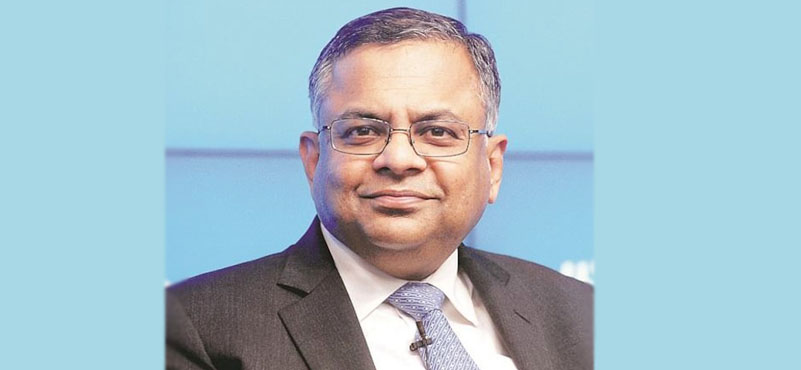
 For the aviation industry, we now have a formidable airline, instead of a weak one, especially in the international sector. For too long, we had an airline, our national airline, having to compete with the global best, proving inadequate to the task of representing a country that was crying for more, being the least preferred when flying overseas. For the staff, it means working for an airline that has hope, and brings with it the promise of being among the best. For the traveller, it means we have an airline of first choice when thinking of travelling globally. Within India, it brings some tangible options among its peers. An airline needs deep pockets and the Tatas, indeed, have this in ample measure, to grow in time and space.
For the aviation industry, we now have a formidable airline, instead of a weak one, especially in the international sector. For too long, we had an airline, our national airline, having to compete with the global best, proving inadequate to the task of representing a country that was crying for more, being the least preferred when flying overseas. For the staff, it means working for an airline that has hope, and brings with it the promise of being among the best. For the traveller, it means we have an airline of first choice when thinking of travelling globally. Within India, it brings some tangible options among its peers. An airline needs deep pockets and the Tatas, indeed, have this in ample measure, to grow in time and space.
